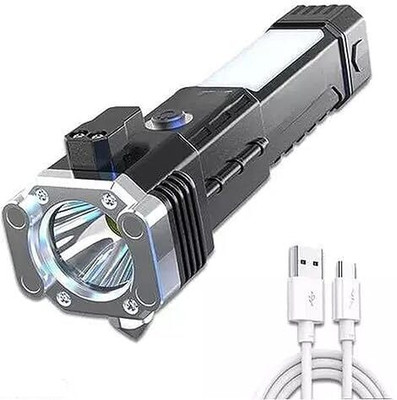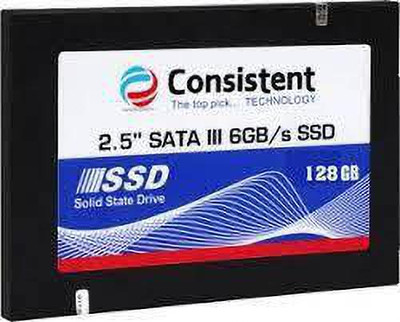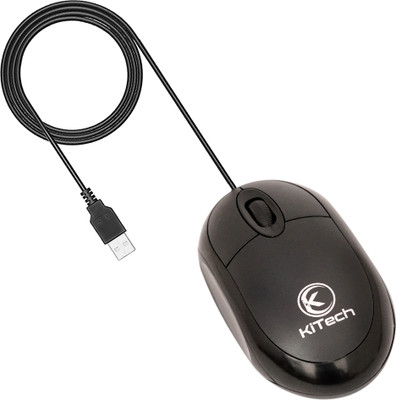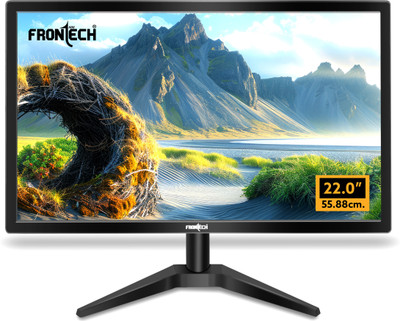| Work Mode | - Station Mode (Client Mode), Access Point (AP) Mode, Monitor Mode, Ad-Hoc Mode (Peer-to-Peer), Repeater Mode
|
| Modulation Technology | - Modulation Technology in USB WiFi adapters refers to how data is encoded and transmitted over wireless networks. It directly impacts the speed, reliability, and range of the connection. WiFi networks use advanced modulation schemes to optimize performance under different conditions. Below is an overview of the modulation technologies commonly used:, Used in most modern WiFi standards (802.11a/g/n/ac/ax). Splits the wireless channel into multiple sub-channels, allowing parallel data transmission. Advantages: Efficient and robust in environments with interference. Supports high-speed data transfer. Use Case: Essential for 5 GHz networks and high-speed applications like streaming and gaming
|
| Operating Temperature | - Typical Operating Temperature Range Most USB WiFi adapters are designed to operate in standard indoor environments. Here are the typical temperature ranges: Standard Range: 0°C to 40°C (32°F to 104°F) This range is suitable for typical home, office, or indoor environments where temperature fluctuations are minimal. Extended Range: -10°C to 50°C (14°F to 122°F) Some adapters, particularly industrial or rugged models, can tolerate slightly lower and higher temperatures, making them suitable for environments like warehouses or outdoor use. degree C
|
| Storage Temperature | - Standard Range: -20°C to 70°C (-4°F to 158°F) This range ensures that the device can be safely stored in typical environments such as homes, offices, or storage units. Some high-end or industrial adapters may have a slightly wider range, particularly those designed for rugged or outdoor use, with storage temperatures reaching up to -40°C to 85°C (-40°F to 185°F). degree C
|
| Storage Humidity | - Typical Storage Humidity Range The typical storage humidity range for USB WiFi adapters is: Standard Range: 5% to 90% non-condensing This means the device can safely be stored in environments with humidity levels between 5% and 90%, provided there is no condensation present. Some rugged or industrial-grade adapters might be designed to tolerate a broader humidity range, such as 0% to 100% non-condensing, which may also support extreme conditions, including exposure to brief moments of condensation without causing damage. %
|






